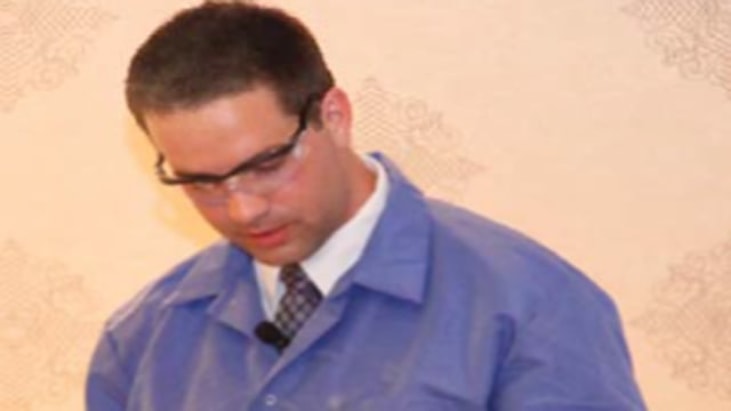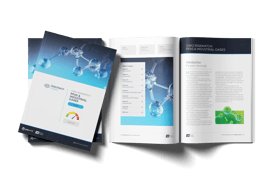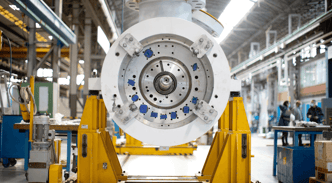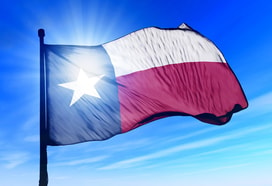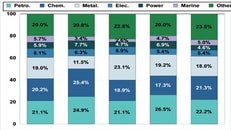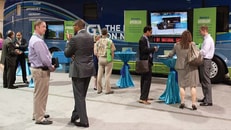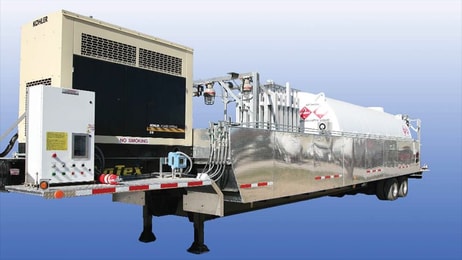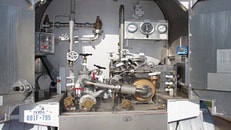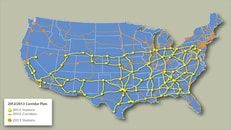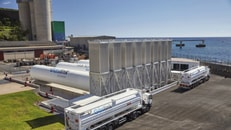High Horsepower Summit 2012
From September 26–28, 845 registered attendees representing high horsepower industry sectors including rail, marine, mining, drilling, earthmoving, and power generation gathered at the Royal Sonesta Hotel in Houston, Texas, to examine the potential of natural gas for fueling high horsepower (HHP) operations.
The inaugural High Horsepower Summit 2012, organized by Gladstein, Neandross & Associates, showcased and discussed the opportunities presented by natural gas as an alternative to traditional diesel fuel. Over the three-day event, discussion was organized around three HHP categories: Marine, E&P Operations (Exploration & Production), and Rail. Case studies included success stories for implementing or retrofitting vehicles for natural gas (including compressed natural gas [CNG] and liquefied natural gas [LNG]) and addressed fueling supply, refueling infrastructure solutions, and regulatory and policy considerations. Real world project economics were shared and discussed as were the environmental benefits, and the case was made for switching from diesel to natural gas. A trade show was open to the attendees each morning and evening, and was open to the public the last day of the show. “A major highlight was getting to see firsthand the equipment used to retrofit diesel-burning rig engines to convert to a ‘dual-fuel’ application,” remarked Chuck Rowe, with Anadarko Petroleum Corporation.
Erik Neandross, Chief Executive Officer of Gladstein, Neandross & Associates, the show organizer, opened the conference. He put on his lab coat and safety glasses and brought hands-on learning to the Summit with a dewar of LNG. In one demonstration, he lit a flask of LNG on fire to demonstrate the flammability range of LNG. The LNG itself did not burn, rather the flame burned in the air above the liquid once the liquid had turned to vapor, risen, and mixed with sufficient air to become flammable. Using a gas detection meter, he also showed that methane has a very narrow flammability range, only burning between 5–15 percent with air. He demonstrated how methane simply evaporates with no clean-up required should there be a spill: he poured LNG into a glass of water, let it boil away, and then had a volunteer drink the water.
People are concerned about the flammability of LNG as it is primarily methane, a fuel gas. To demonstrate the safety of LNG, Neandross walked across the room—away from the dewar of LNG—and lit a cigarette. He returned to the dewar and held the lighted cigarette in the air above an open glass flask of boiling LNG. He slowly lowered the cigarette into the top portion of the dewar where there was no air, only methane vapor. The cigarette went out even before it was submerged in the LNG, proving that LNG is not flammable. LNG has to be vaporized, mixed with the correct ratio of air, and have a heat source that is hot enough in order to burn. As the autoignition temperature of methane is just over 1,000°F, there was no ignition from the cigarette, which burns at around 700°F. (NOTE: This does not mean you can smoke around LNG. A lighter’s flame is hot enough to combust a 5-15 percent mixture in air, and when you take a draw on a cigarette the added air greatly increases the temperature at the tip of the cigarette to above the autoignition temperature of methane.)
... to continue reading you must be subscribed

